Contributed by: TiiCKER
Special purpose acquisition companies, or SPACs, have risen in popularity this year with 39 SPAC IPOs that have raised gross proceeds of $12.3 billion, according to SPACInsider. SPACs have been around for decades, but it wasn’t until 2019 when they became more mainstream.
What’s unique about SPACs is that they are created for the sole purpose of acquiring an existing company. SPACs are formed to raise money through an IPO, but do not have any existing business operations. Many times, they don’t even have stated targets they’re looking to acquire with the capital raised through the IPO process. Oftentimes, the SPAC framework gives the “blank check company” a period of two years to complete an acquisition or the capital is returned to investors. Once acquired by the SPAC, the acquiree goes through a reverse merger process to become a publicly traded company. Nikola Motor (Tii:NKLA) and DraftKings (Tii:DKNG) are two of the most recognized brands at the time of writing that became public through SPACs. Notable companies that went public via a SPAC this past year include:
- AdaptHealth (Tii:AHCO)
- Allied Esports Entertainment (Tii:AESE)
- Collier Creek Holdings (Tii:CCH)
- DraftKings (Tii:DKNG)
- Immunovant (Tii:IMVT)
- Nikola Corporation (Tii:NKLA)
- Repay Holdings (Tii:RPAY)
- Vertiv Holdings (Tii:VRT)
- Virgin Galactic (Tii:SPCE)
- Vivint Smart Home (Tii:VVNT)
Given their popularity and success post reverse merger, we’ll likely see more SPAC IPOs (and more reverse mergers) in the future.
“SPACs are comprising an increasingly large percentage of the U.S. IPO market, and in order to survive and thrive in the marketplace, they must be prepared to cultivate long-term relationships with investors beyond the initial deal,” said Lambert and TiiCKER CEO Jeff Lambert. “We have worked with many companies in similar scenarios, and it is important to stress the transition from transactional to strategic messaging while broadening the investor base and performing as a fully operational public company.”
Interested in learning more? Let’s connect.

